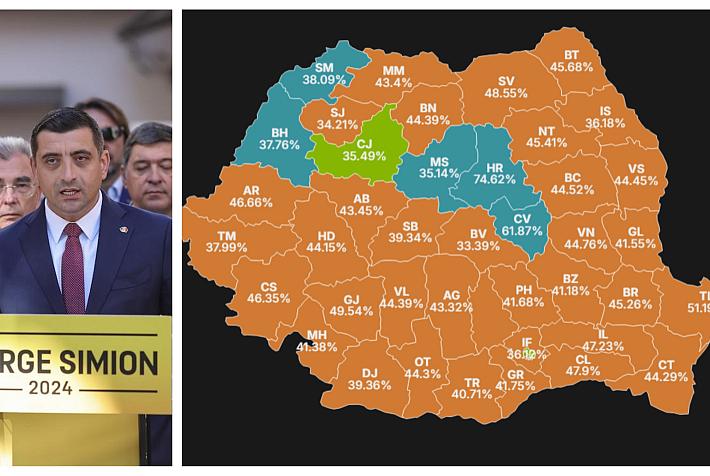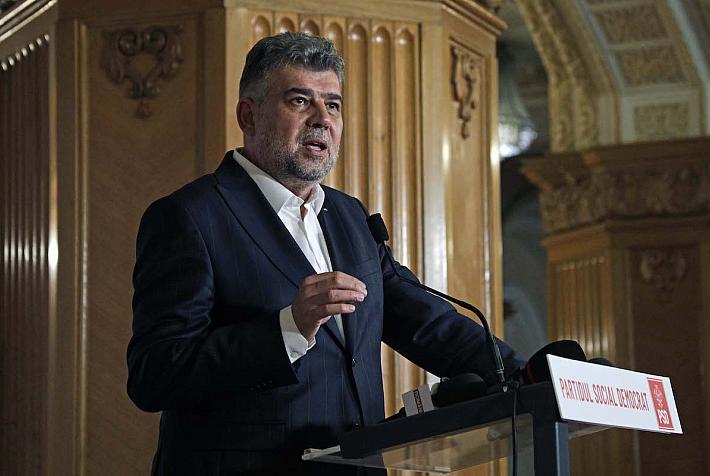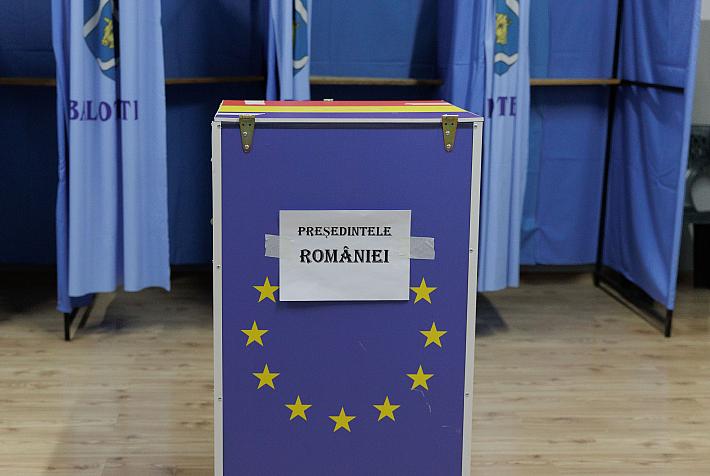Romania’s Culture Ministry wants national pact to direct 0.2% of the GDP for patrimony

Romania plans to draft a National Pact for Patrimony to direct funds towards monument-type buildings that are collapsing or in an advanced state of degradation. This would be similar to the National Pact for Defense, which was signed last year by the major political parties at President Klaus Iohannis' initiative.
Culture Minister Vlad Alexandrescu has already submitted to the President a proposal for the creation of a National Pact for Patrimony. According to the minister, the state should direct 0.2% of the GDP (some EUR 320 million) each year to the restoration of local heritage.
The minister explained that the pact started from the principle that, through the national defense strategy, patrimony was a national security objective and “a non-renewable resource of national identity.” The pact should stand regardless of the governing party, based on the principles underlining it.
Two heritage buildings collapsed in Romania at the end of February. The tower of the fortified church in Rotbav, dating back to the 13th century, collapsed as did the tower of the evangelical church in Roades, dating from the 15th century. Both churches are located in Brasov county.
Around 600 patrimony monuments in the country are currently “in a state of pre-collapse and collapse.” The ministry said EUR 50 million were allotted this year for the restoration of local patrimony and works are currently underway on 50 sites that are not confronted with any legal issues.
Speaking about the negotiations for Constantin Brancusi’s work The Wisdom of the Earth (Cumintenia Pamantului), the minister said a new commission has been appointed to re-negotiate its acquisition, based on new principles. The owners of the work had previously asked EUR 20 million for it, a sum the Romanian state could not offer.
Another project on the agenda of the ministry is the National Brancusi Museum in Targu Jiu, where the minister said that a new museum concept was needed, which would take into account Brancusi’s activity in the area.
The Culture Ministry is also looking for a site for the new concert hall in Bucharest. The former Leonida garages on Aviatorilor Boulevard, near the Government’s building, may be suited for such a project. One of the buildings, which is a historic monument, may be included in the new project, according to Alexandrescu.
The new concert hall, which would have a seating capacity of 2,400, will be integrated into a larger ensemble, which would also host contemporary art spaces and creative spaces. The minister mentioned that several such centers were built in Poland in recent years, using EU financing.
At the same time, the Culture Ministry recently announced it would launch several no-refundable financing sessions for cultural projects. The CultIn program will finance projects of the creative industries and creative hubs, while the ACCES program will finance all types of cultural programs. A third financing program, called Carte Blanche, is dedicated to artists that already enjoy recognition and notoriety.
These programs add to the existing financing granted to cultural projects that are deemed a priority. These include, among others, the UNITER Gala Awards, the Sibiu International Theater Festival, the One World Festival, the Next Film Festival, the Transylvania International Film Festival, the Ideo Ideis Theater Festival and the Bookfest International Book Fair.
Other projects that the ministry is currently looking at include a project for the change of the theater law and a new statute of the artist.
The 2016 budget of the Culture Ministry stands at around RON 757 million (EUR 170 million).
Simona Fodor, simona@citycompass.ro
(Photo source: Vlad Alexandrescu on Facebook, Photo by: Eduard Enea)











